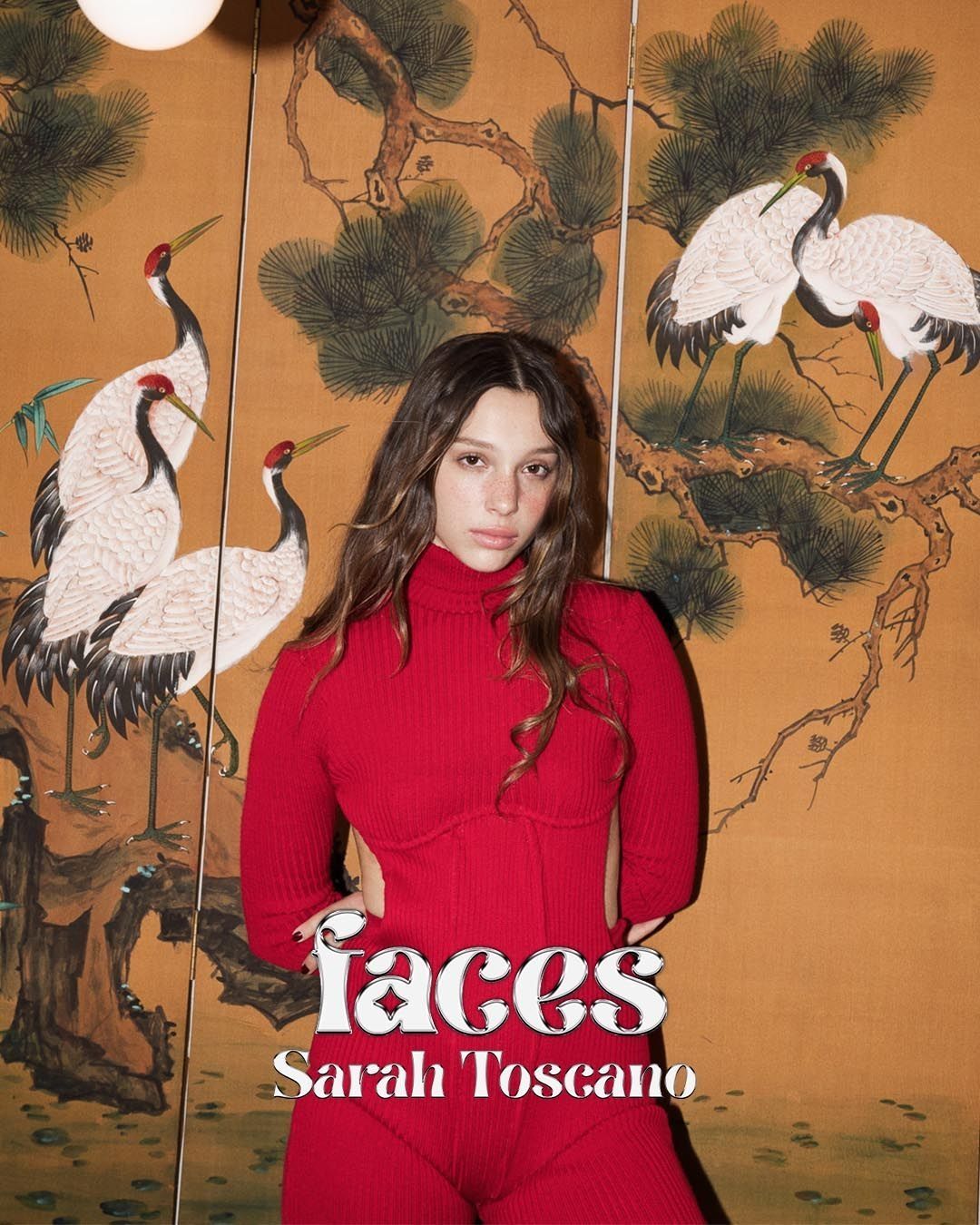
The role of fashion inside "The Queen's Gambit" How the new Netflix series has made chess surprisingly cool
Following the controversial hype created by Emily in Paris, Netflix once again impressed the public with The Queen's Gambit, a series inspired by the eponymous novel by Walter Tevis, released in 1983 and published in Italy by minimum fax. In just a few weeks, the project, which was originally intended to be a film directed by Heath Ledger, has entered the list of the most popular shows on the streaming platform, reached 100% approval on Rotten Tomatoes and is already considered by critics the best miniseries of 2020. This is thanks to a series of elements contributing to its success: the story, in which chess becomes the way of women empowerment; the excellent interpretation of Anya Taylor-Joy who, with her alien face, embodies an imperfect, emancipated and non-stereotypical heroine; a 50s and 60s aesthetic made of mods dresses, graphic make-up and houses furnished in grandmillenial style.
The plot
Kentucky, in the 1950s. Elizabeth "Beth" Harmon was eight years old when, after the death of her mother in a car accident, she went to an orphanage. Here, she makes two life-changing encounters: the first one with benzodiazepines, distributed by the structure as "vitamins" and for which she develops an addiction; the second, and more important, with chess, thanks to Mr. Shaibel, the janitor, who, immediately realizing her enormous talent, teaches her the rules of the game. Beth with her brilliant strategies and cold blood keeps on practicing and, beating every rival, made her talent blossom until she reaches the top of the world rankings. Over the 7 episodes, the chess player goes from a shy teenager to a restless and glamorous adult who, with her red hair, perfect eye-liner and enfant prodige skills, takes her way into a world dominated by men (that of horses and pedestrians, but also that of the Cold War and the US-Soviet Union discount). Among competitions and success, drug and alcohol addiction, nevrosis and loneliness, Beth finds her place on the chessboard, imperfect, beautiful, smart, fragile and at the same time very strong, but always true to herself queen.
Fashion and beauty
One of the highlights of The Queen's Gambit is the 50s and 60s aesthetic involving every aspect of the series, from locations to costumes, from beauty to soundtrack. Thanks to the careful screenplay by Allan Scott and Scott Frank, Beth is a brilliantly complex character, poised between intelligence and eccentricity, so emancipated and far from stereotypes that she doesn't sacrifice her love for fashion to not be judged frivolous by her rivals or society. Her wardrobe, artfully created by Gabriele Binder, is inspired by outsiders of the time such as Jean Seberg or Edie Sedgwick, but there are also references to the Biba style and to Jackie Kennedy and Audrey Hepburn.
The red bob is the element that best identifies the character played by Anya Taylor-Joy. During the episodes, thanks to a series of wigs, the natural dark brown hair of the actress is declined in looks very distant from each other.
Depending on the time of the story the color is more amber or tending to blond, as well as the haircut that when she was a child is in an ultra-short haircut with bangs, then passes to a slightly scaled bob, sinuous with the waves and the sideline, until reaching in the last episode the long bob with points upwards. The inspiration? The haircut created in 1961 by Kenneth Battelle, the most fashionable New York hairdresser of the era.























































































































